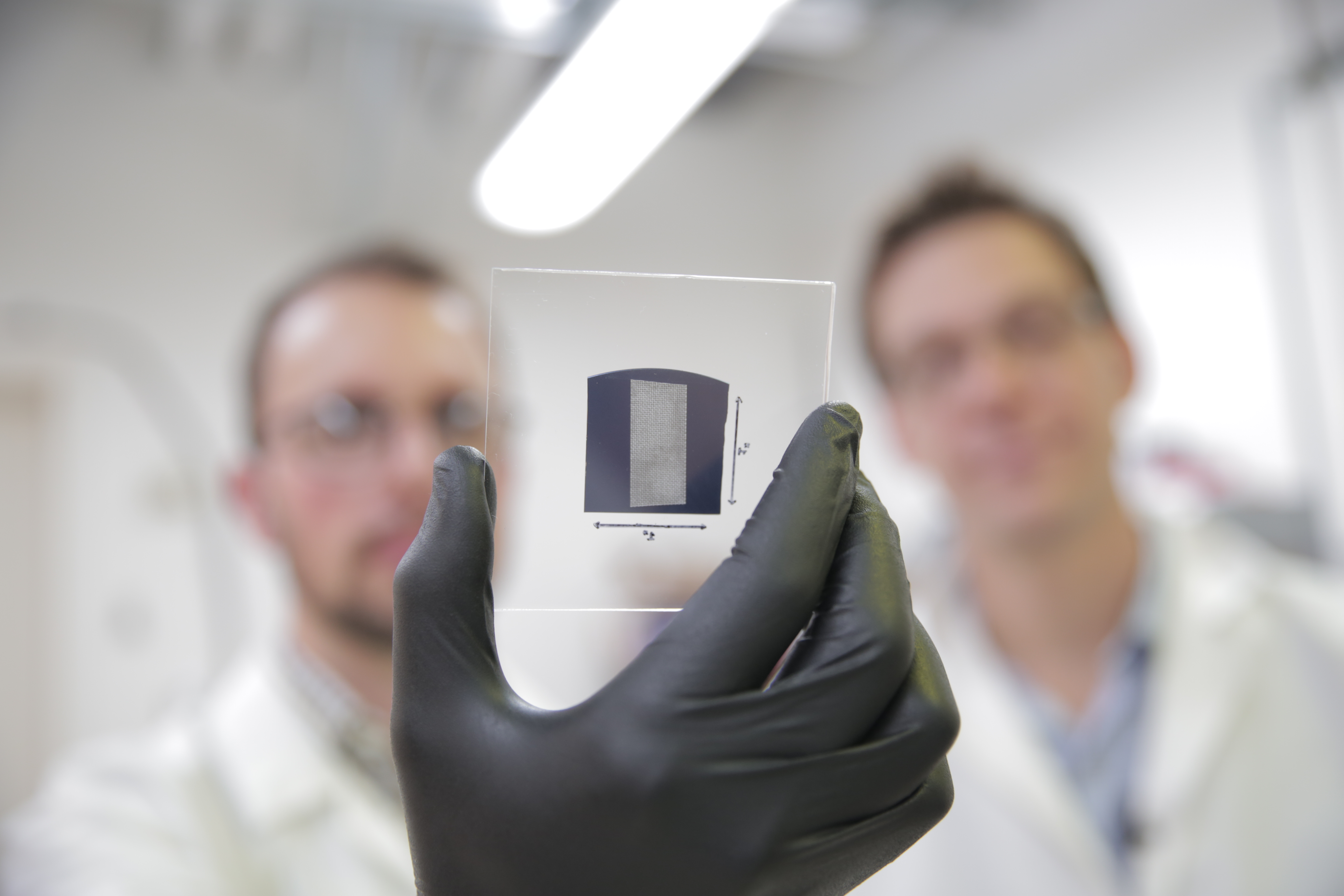
The UW–Madison engineers use a solution process to deposit aligned arrays of carbon nanotubes onto 1 inch by 1 inch substrates. The researchers used their scalable and rapid deposition process to coat the entire surface of this substrate with aligned carbon nanotubes in less than 5 minutes. The team’s breakthrough could pave the way for carbon nanotube transistors to replace silicon transistors, and is particularly promising for wireless communications technologies. STEPHANIE PRECOURT
For decades, scientists have tried to harness the unique properties of carbon nanotubes to create high-performance electronics that are faster or consume less power – resulting in longer battery life, faster wireless communication and faster processing speeds for devices like smartphones and laptops...
Read More








Recent Comments